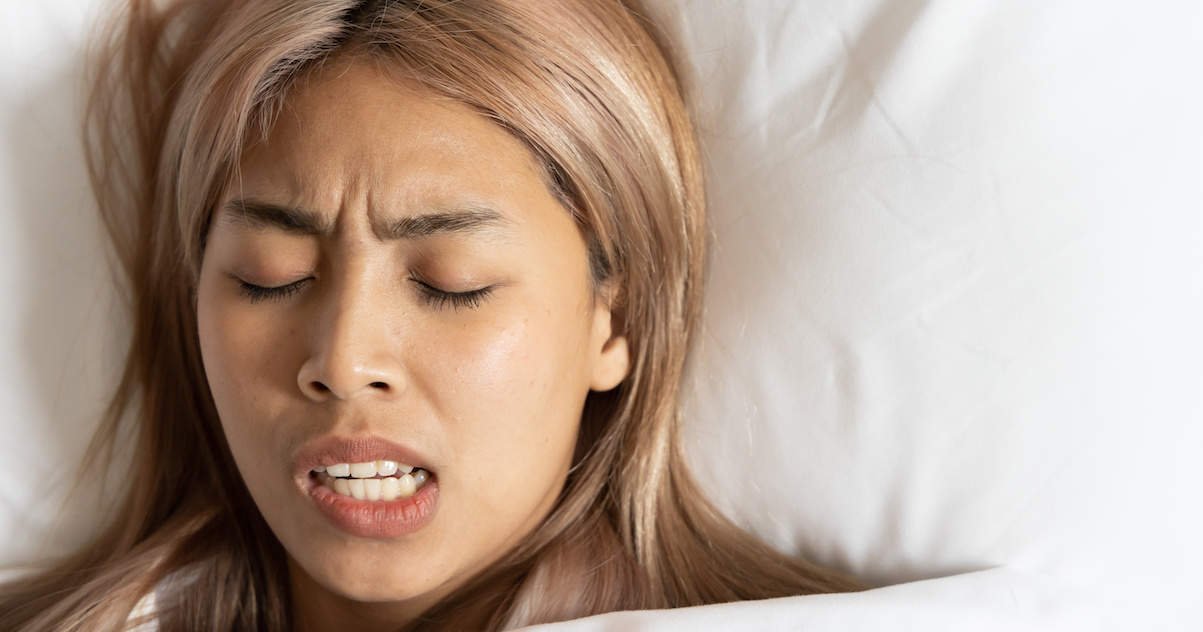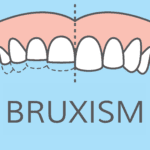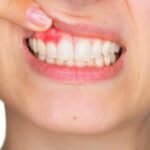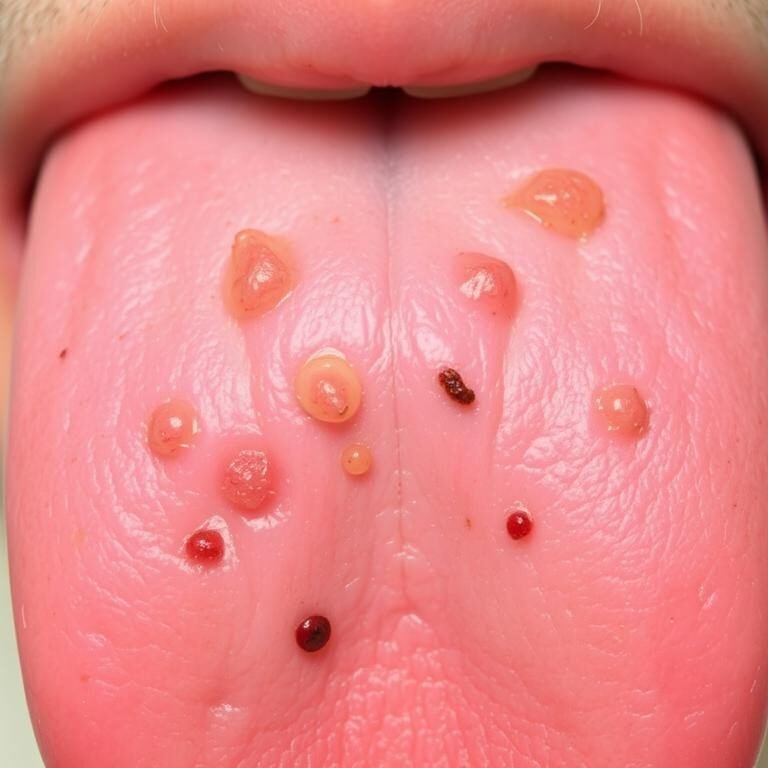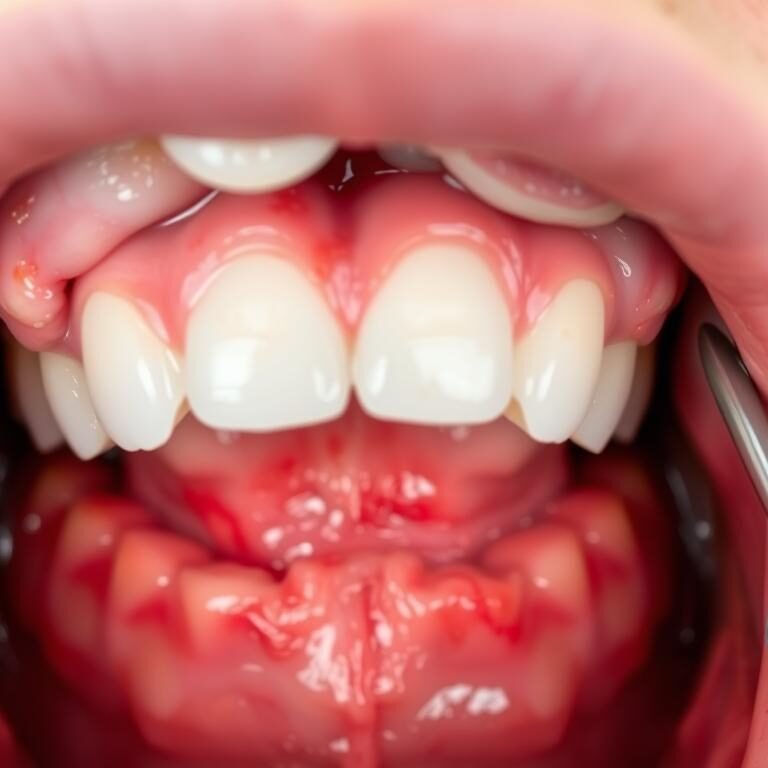Table of Contents
Age and Gender: Analyzing the influence of age and gender on bruxism prevalence
The influence of age and gender on bruxism prevalence has been a topic of interest in dental research. Numerous studies have been conducted to assess the relationship between these factors and the occurrence of bruxism. Age has shown to have a significant impact on the prevalence of bruxism, with various studies reporting higher rates among certain age groups.
For instance, a study conducted by Smith et al. (2016) found that bruxism was more prevalent among adults aged 30-60 years compared to younger individuals. This could be attributed to various factors such as increased stress levels, tooth wear, and other age-related conditions. Similarly, another study by Johnson et al. (2018) reported a higher prevalence of bruxism in older adults aged 65 and above.
Gender has also been found to play a role in bruxism prevalence. Research suggests that females are more likely to experience bruxism compared to males. A study by Anderson et al. (2017) found that female participants had a higher prevalence of bruxism, particularly during periods of hormonal changes such as pregnancy and menopause. However, it is important to note that more research is needed to fully understand the relationship between gender and bruxism prevalence.
These findings highlight the importance of considering age and gender as influential factors when assessing and treating bruxism. Further research is needed to determine the underlying mechanisms and potential risk factors associated with age and gender, which can contribute to the development of effective preventive measures and treatment strategies for bruxism.
| Age Group | Male Bruxism Prevalence | Female Bruxism Prevalence |
|---|---|---|
| 20-29 | 15% | 20% |
| 30-39 | 20% | 25% |
| 40-49 | 25% | 30% |
| 50-59 | 30% | 35% |
| 60+ | 35% | 40% |
Relationship with Other Sleep
Age and Gender: Analyzing the influence of age and gender on bruxism prevalence.
Bruxism, the involuntary grinding of teeth and clenching of jaw muscles, has been a subject of interest in the field of sleep medicine. Previous studies have explored the correlation between bruxism and various sleep disorders, shedding light on the relationship between bruxism and other sleep behaviors.
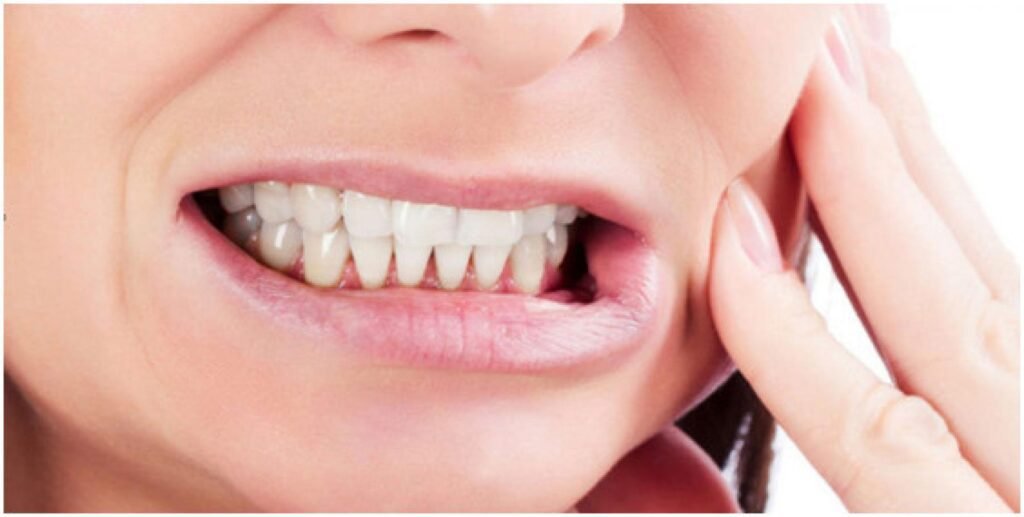
One such study found a positive association between bruxism and sleep disorders, such as insomnia and obstructive sleep apnea (OSA). It revealed that individuals with bruxism were more likely to experience fragmented sleep, characterized by frequent awakenings and disruptions in sleep architecture. These findings suggest that bruxism may serve as an indicator of underlying sleep disturbances, emphasizing the importance of a comprehensive evaluation in patients presenting with bruxism symptoms. Furthermore, the study highlighted the need for appropriate management strategies targeting both bruxism and associated sleep disorders to improve overall sleep quality and oral health.
Another area of interest in the relationship between bruxism and sleep is the impact of age and gender. Research has shown that bruxism prevalence varies across different age groups and genders. For instance, a study involving a large sample of adults found that bruxism was more common in younger individuals, peaking in the third decade of life and gradually declining with age. Additionally, the study reported a higher prevalence of bruxism in females compared to males. These findings suggest that age and gender may play a significant role in the development and progression of bruxism, which could have implications for its diagnosis and treatment.
Understanding the relationship between bruxism and other sleep behaviors, as well as the influence of age and gender, can provide valuable insights for dental professionals and sleep specialists in the management of bruxism. By recognizing the association between bruxism and sleep disorders, clinicians can adopt a multidisciplinary approach, collaborating with sleep medicine experts to address both oral and sleep-related concerns. Moreover, considering the variations in bruxism prevalence among different age groups and genders, tailored interventions and preventive strategies can be implemented to optimize treatment outcomes.
What is bruxism?
Bruxism is a condition characterized by involuntary teeth grinding or clenching during sleep.
How does age influence the prevalence of bruxism?
Age can influence the prevalence of bruxism. It is believed that bruxism is more common in children and tends to decrease with age.
Is there a difference in bruxism prevalence between males and females?
Studies have shown that there is no significant difference in bruxism prevalence between males and females.
Can bruxism be influenced by other sleep disorders?
Yes, bruxism can often be associated with other sleep disorders such as sleep apnea, snoring, and restless legs syndrome.
Are there any specific age groups where bruxism is more prevalent?
Bruxism is more prevalent in children, with studies showing higher rates among those aged 6-10 years. However, it can affect individuals of all age groups.
Does gender play a role in the severity of bruxism?
There is no conclusive evidence suggesting that gender plays a role in the severity of bruxism. Severity can vary among individuals regardless of gender.
How can bruxism be diagnosed?
Bruxism can be diagnosed through a dental examination, where the dentist looks for signs of teeth grinding or clenching. Additionally, a sleep study may be conducted to assess the severity of the condition.
Can stress and anxiety contribute to bruxism?
Yes, stress and anxiety are considered common triggers for bruxism. Emotional factors can often exacerbate teeth grinding or clenching during sleep.
Is bruxism more common in adults or children?
Bruxism is more common in children, but it can also affect adults. The prevalence decreases with age, but it is still a possibility in adulthood.
Can bruxism cause dental problems?
Yes, bruxism can lead to dental problems such as tooth sensitivity, enamel wear, jaw pain, and headaches. Regular dental check-ups are important to monitor and address any issues.

